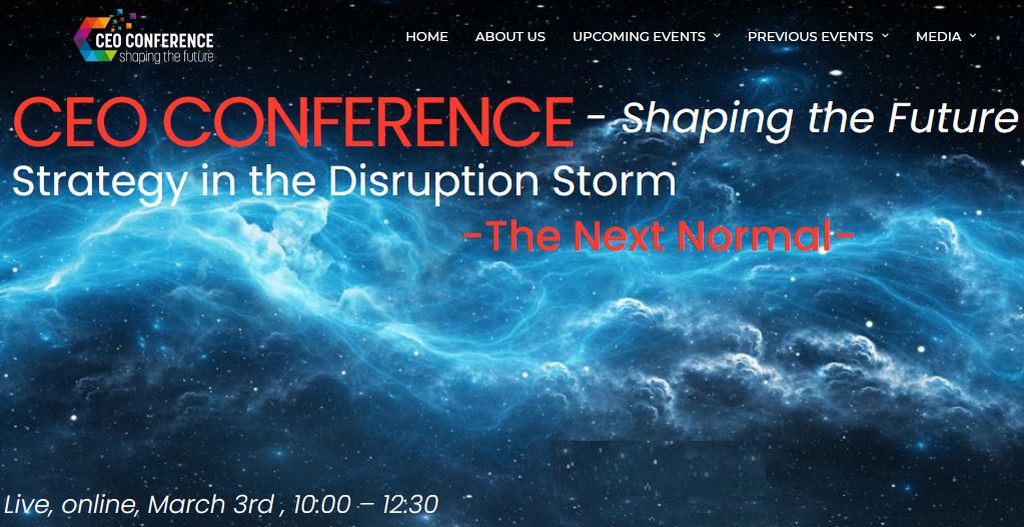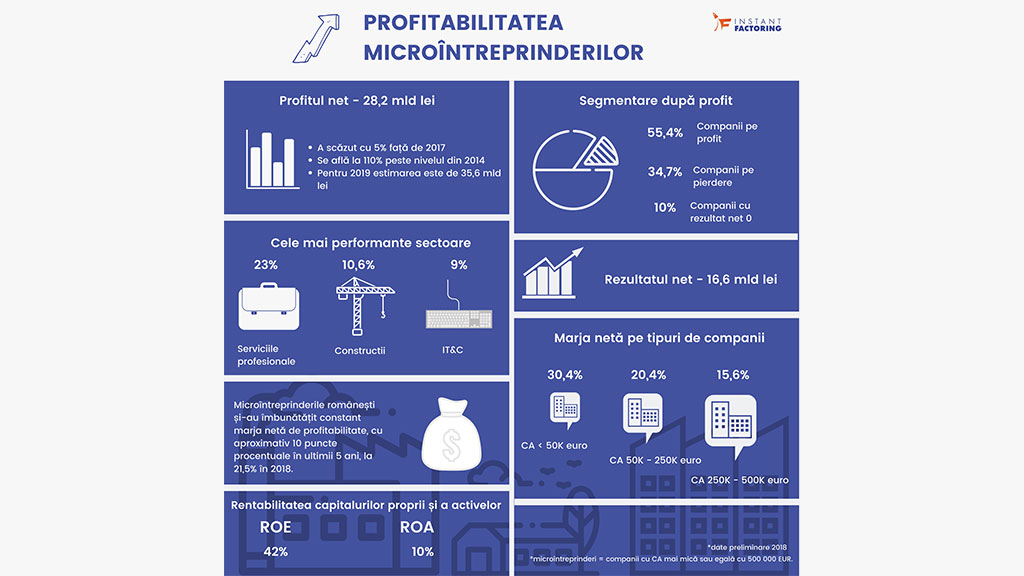Here is a real dilemma for CEOs and executives. You have a high performer on your team. That is, someone who delivers, brings results, stands out in numbers and efficiency.
Lately, something has changed. You notice tensions, communication blockages, demotivated colleagues. A manager tells you “X makes fun of colleagues and creates an atmosphere of fear”. What do you do?
This is one of the hardest leadership decisions: how do you manage a high-performing employee who starts to sabotage the team. We are not talking about negligence or one-time mistakes, but about recurring behavior, fueled by ego, distrust and a dangerous sense of impunity.
Tolerating this type of toxic performance may seem like a short-term solution. In the medium and long term, it becomes one of the most costly cultural mistakes a company can make.
1. The myth of the “intangible performer”
In many organizations, especially those experiencing accelerated growth or in industries with high pressure on results, the myth of the “intangible performer” appears. This is the one who: “He knows the business best”, “He has no one to replace him”, “Yes, he has problems with team relationships, but he delivers”.
This is how behavior that damages trust, communication and team cohesion is tacitly justified. Why does this happen? Because in leadership, performance is often measured in performance indicators (KPIs), not in the hidden consequences surrounding the person who performs.
However, organizational culture is not what it says on the company website. Culture is what you tolerate.
2. What turns a performer into a saboteur
Behind this change in behavior is often the ego that “spoils” character. As a high-performing employee accumulates results and recognition, he may develop the belief that the rules no longer apply to him.
Signs of this harmful ego:
• Refusal to collaborate: “We’re wasting time brainstorming, I already know the solution”
• Discrediting colleagues: “He has no idea what he’s doing, it was a mistake to be promoted”
• Resistance to feedback: “Those who criticize me are jealous”
• Excessive control: “Everything has to go through me”
Essentially, the ego creates a rift between the individual and the team. Instead of contributing to collective success, the employee behaves as a separate entity, playing a different game.
3. The hidden costs of toxic performance
CEOs and executive directors see the numbers, but rarely receive reports on declining trust, fear, or passive-aggressive conflict. Here are some hidden consequences:
• Chain demotivation: Good but more reserved colleagues lose motivation. Sometimes, they leave the company.
• Culture of fear: people become cautious, avoid taking responsibility, and innovation decreases.
• Passive conflict: the team appears to be working, but decisions are silently sabotaged.
• Paralyzed management: line managers avoid confronting the issue for fear of “ruining the relationship with management.”
These effects are not immediately visible in the P&L. Nevertheless, over time, they affect the health of the organization.
4. Why leaders tolerate the problem
In our business consulting practice, we have often encountered three reasons why leaders choose to “turn a blind eye”:
• Fear of losing: “We don’t have a replacement right now”
• Projection of personal value: “I promoted him, I would admit I was wrong”
• Confusion between performance and character: “He delivered so much that it’s worth overlooking his behavior”
All of these are forms of managerial “self-protection”. True leadership is not about protecting your bad decisions, but about correcting them.
5. What you can do to fix the problem
a. Redefine performance
Traditional evaluations focused solely on results are no longer enough. It is essential to include criteria such as the ability to collaborate, the trust you inspire in colleagues, and openness to feedback. Real performance involves not only what you deliver, but also how you contribute to the health and cohesion of the team.
b. Create a culture of cross-feedback
A healthy culture allows for honest feedback exchanges horizontally and vertically. Create clear structures: anonymous surveys, active listening sessions, facilitated conversations, where employees can report dysfunction without fear of retaliation. Feedback is not a risk, but a tool for constantly calibrating collective performance.
c. Take corrective action early
Initially tolerating harmful behavior sends a dangerous signal: “It’s acceptable”. The later you act, the more the behavior becomes normalized and difficult to change. One-on-one coaching, direct intervention, or frank conversation can reset team dynamics before irreversible damage occurs.
d. Decouple outcome from behavior
Number performance achieved through fear, control, or discrediting is not sustainable. If you ignore how results are achieved, you validate a destructive pattern. Reward integrity, collaboration, and respect, not just results. What you tolerate today becomes your company’s culture tomorrow.
e. Make sure managers don’t “fight” alone
Line managers should not be left to manage difficult employees alone. Provide them with concrete support: mentoring, access to HR tools, validation of difficult decisions. When top management supports interventions, the message becomes clear: healthy culture is a priority and the effort to maintain it is collective, not individual.
6. How to fire a toxic “superstar”
If the question that haunts you is: “What if I fire him and the numbers drop?”, the answer is simple. When the only source of results is a person who destroys the culture, you have a bigger problem than the person’s performance itself. It means you have built a system dependent on a single link.
Here are the recommended steps:
• Clearly document the behavior, with examples and the impact on the team.
• Provide opportunities to correct harmful behaviors, but set a clear deadline.
• Communicate openly to the team (with respect for confidentiality) the reasons for the decision, emphasizing your commitment to a healthy culture.
• Rebalance responsibilities and support the team during the transition.
Often, the team will perform better than before, even without the toxic “superstar”.
7. Leadership lies in difficult decisions
A CEO or top manager is the guardian of the organizational culture, and culture is attacked from within when performance is tolerated at the expense of values.
Tolerating a toxic person, regardless of results, sends a clear message to everyone: “As long as you deliver, you can do anything.” That becomes the new standard. A standard that will ultimately cost you good people, reputation and results.
A truly valuable employee is only truly valuable when they deliver results in a way that builds trust, collaboration and energy in the team. If a performer uses their success to dominate, humiliate or control, then you have a hidden threat on the team.
In conclusion
As a leader, it is your job not to confuse performance with power and culture with comfort. Sometimes, the best decision you can make for the health of your organization is to say, “We can’t afford this kind of success”.
#valoria #management #performance #teamdevelopment #coaching #competence #clarity #results
About Valoria
Valoria is a consulting, training, and executive coaching company. Through our services, we help entrepreneurs to grow their business and make success concrete and predictable. Companies turn to us for marketing, human resources and sales consulting. We often respond to requests for training or coaching of management teams. Competence, trust, innovation and passion are the values we uphold in everything we do. We build long-term partnerships and collaborations, because we offer guaranteed results and the best quality, at the right price. Find out more at: www.valoria.ro.






























